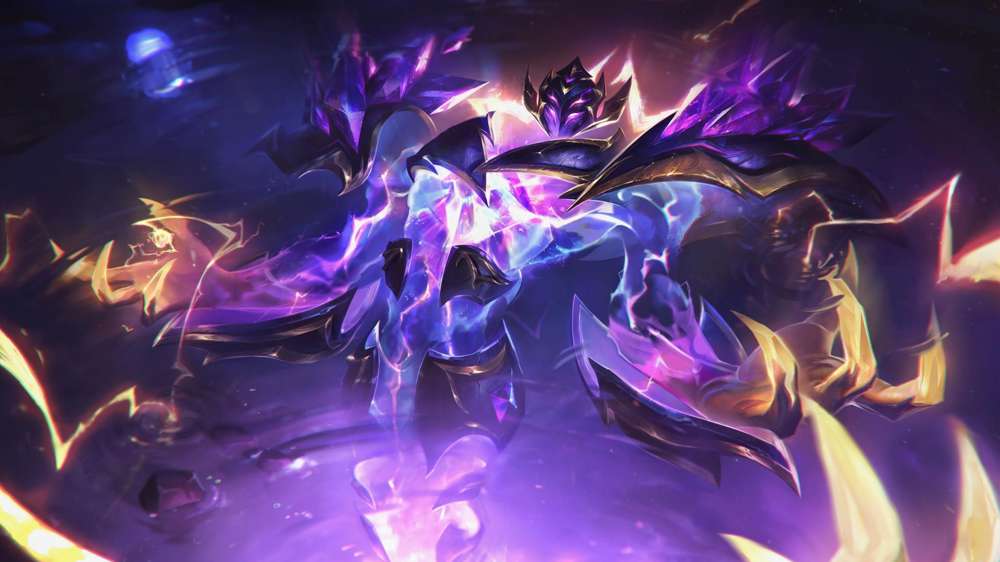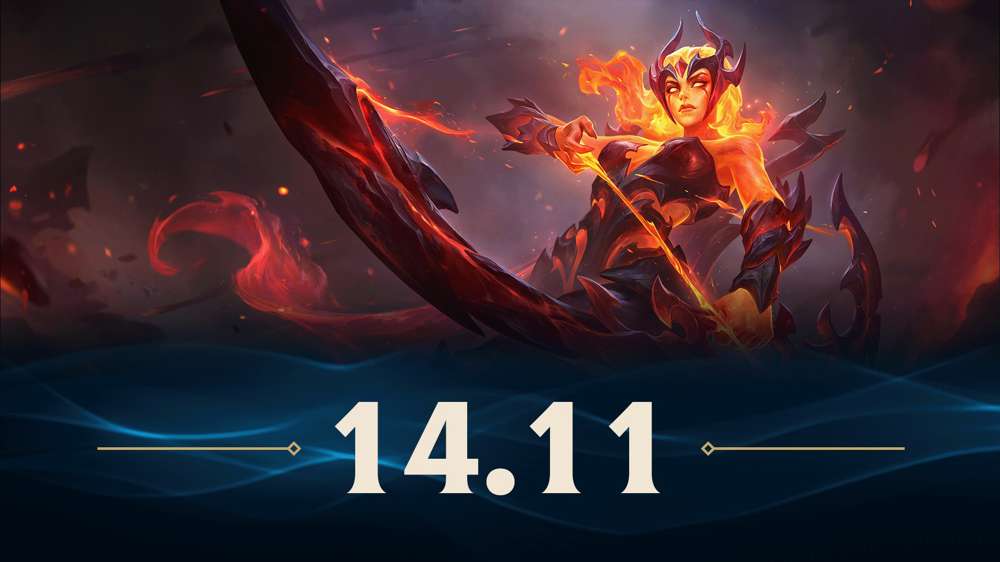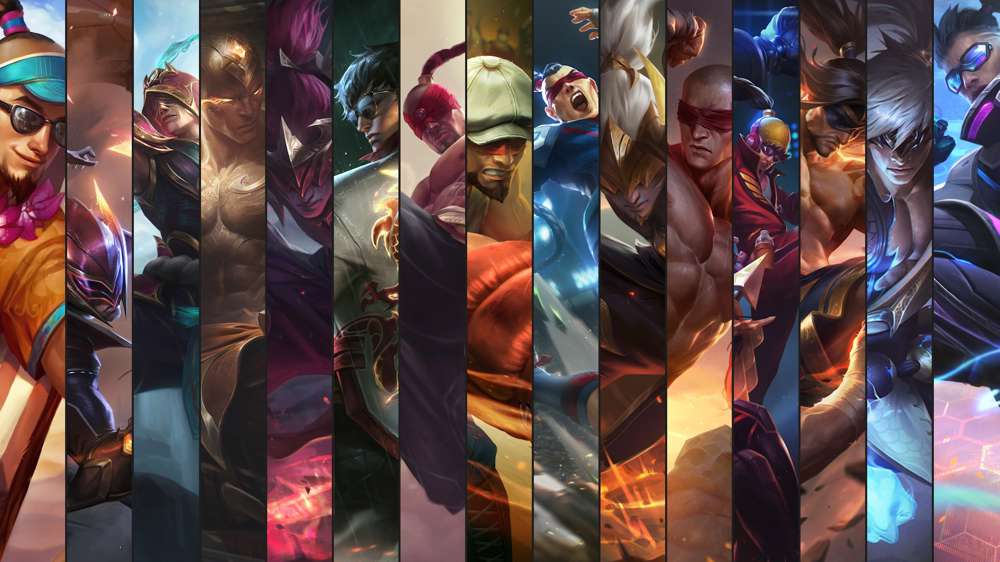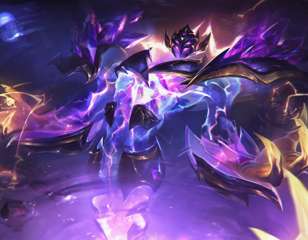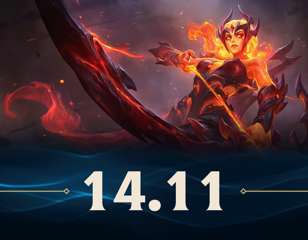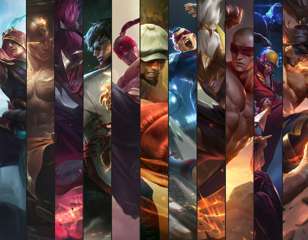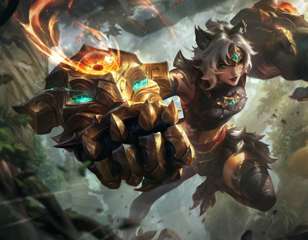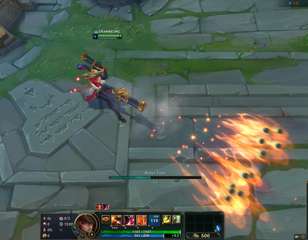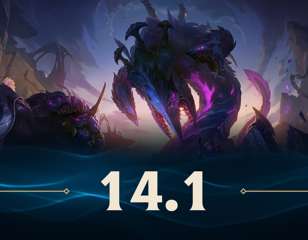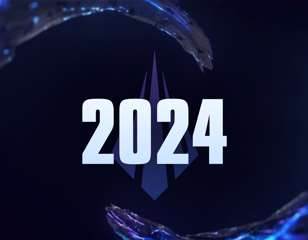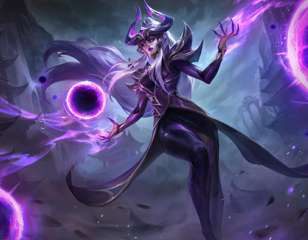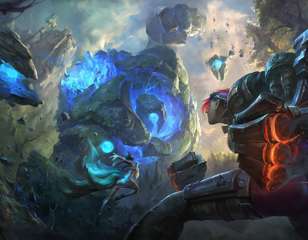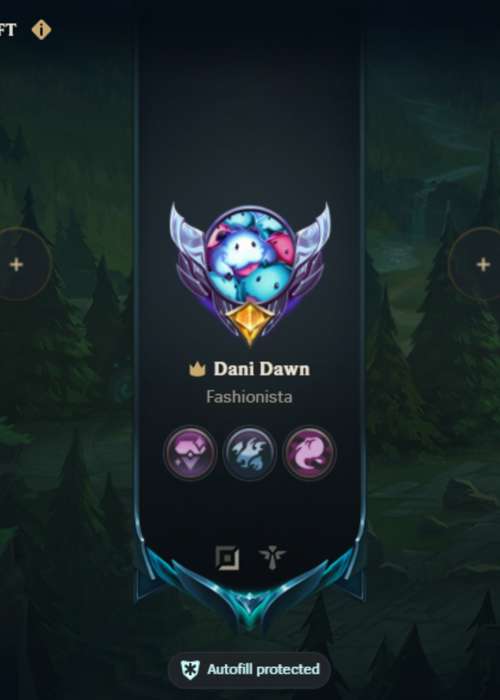
League of Legends rank distribution in 2024 explained
League of Legends has different ranked modes to challenge players, and if you're confused here is a breakdown of the distribution for its many different ranks.
Rank distribution in League of Legends shows us the spread of players across its ranks, so we can learn where most players are (and where they aren't). As League of Legends is such a competitive game, dedicated players need to know how the ranks are shaping up.
So if you're curious about where the majority of players are in the ranks, or how you stack up against the rest of the game, here's a rundown of the current rank distribution in LoL in the 2024 season.
How rank distribution works
Rank distribution is the spread of players among the various tiers in ranked League of Legends. There are 10 tiers, six of which are divided into four divisions.
These tiers, broken down in order from lowest to highest are:
- Iron
- Bronze
- Silver
- Gold
- Platinum
- Emerald
- Diamond
- Master
- Grandmaster
- Challenger
Looking at the numbers in the rank distribution shows us percentages per rank. That indicates how many players in the overall ranked group are in that particular rank. The expectation is that the majority of players will be somewhere close to the middle, with fewer and fewer players on either extreme of the system.
The Emerald rank was added in July 2023 to spread out the distribution a bit further. As you'll see below, it holds a similar number of players to the Platinum rank, and with the adjustment, the new rank gives the game a more even spread of players across the ranks.
Solo Queue rank distribution
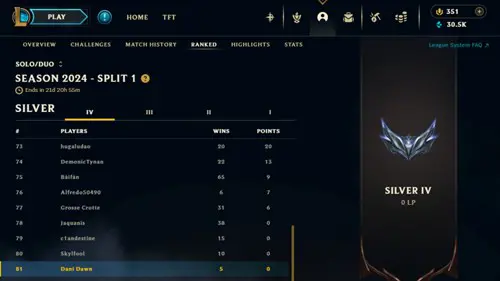
The Solo Queue is where players can play by themselves - or with one friend - and be matched with teammates and opponents. These figures are brought to us by the always helpful leagueofgraphs.com.
The rank distribution for these are as follows:
|
Rank |
Distribution in % |
|
Iron |
7.5% |
|
Bronze |
20% |
|
Silver |
19% |
|
Gold |
19% |
|
Platinum |
16% |
|
Emerald |
13% |
|
Diamond |
3.1% |
|
Master |
0.69% |
|
Grandmaster |
0.040% |
|
Challenger |
0.017% |
Flex Queue rank distribution
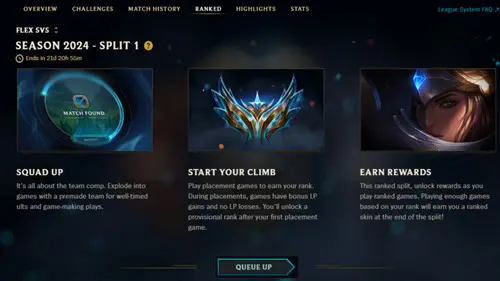
League of Legends' other ranked queue is the Flex Queue. In Flex, you can play in any sized team, except for a team of four people. This is so the team of four can't gang up on their solo teammate and make the match a misery for them - I know I wouldn't want to be that solo player.
Your ranks in Flex and Solo Queue are separate from each other, which means both separate progression and separate rewards.
Here is the full breakdown of League of Legends Rank Distribution in the Flex queue:
|
Rank |
Distribution in % |
|
Iron |
9.5% |
|
Bronze |
25% |
|
Silver |
19% |
|
Gold |
19% |
|
Platinum |
14% |
|
Emerald |
9.9% |
|
Diamond |
2.7% |
|
Master |
0.30% |
|
Grandmaster |
0.023% |
|
Challenger |
0.010% |
As you can see, the spread of players is fairly consistent between both modes, with the majority of players in the Bronze-to-Platinum range. The addition of the Emerald rank has noticeably reduced the spikes in player counts in the early-middle ranks, showing Riot's goals when introducing Emerald have at least managed to work.
That's pretty much it for both solo and flex queue rank distribution for LoL. We'll be keeping this guide updated over time as these statistics change.
For more on the game, keep it locked to our LoL homepage, where we have guides on the best Champions for beginners, how to remove Challenge Tokens and how to check how much money you have spent in the game.

About The Author
Dave McAdam
Dave is a Senior Guides Writer at GGRecon, after several years of freelancing across the industry. He covers a wide range of games, with particular focus on shooters like Destiny 2, RPGs like Baldur's Gate 3 and Cyberpunk 2077, and fighting games like Street Fighter 6 and Tekken 8.

